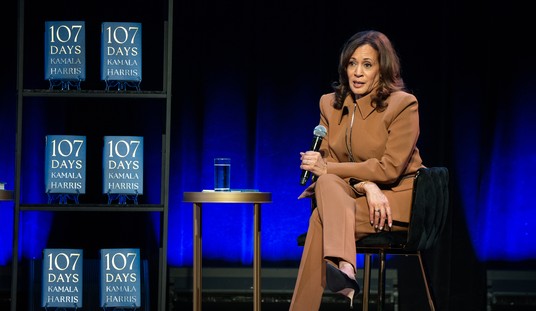A looming shortfall in the federal highway trust fund threatens to dramatically cut the amount of money states get from the federal government for road and highway maintenance. But even as some policymakers examine the possibility of raising taxes to boost revenues, a review of federally-funded transportation projects in Wisconsin finds that federal money has been spent on things like bicycle paths, archeological research, and beautification projects, among other things.
Two Republican lawmakers from Wisconsin, Congressman Reid Ribble and Sen. Ron Johnson are co-sponsoring the Transportation Empowerment Act, a plan that would reduce the federal gas tax and give states more authority in transportation spending. Heritage Action is also championing the plan.
Currently, the federal highway trust fund (HTF) is funded with revenue from federal taxes on fuel and fees paid by some road users. The fund is currently running on fumes – it will have only $2 billion in it by the end of September – and for federal fiscal year 2015 (which starts October 1st) the Congressional Research Service projects a $14 billion shortfall for the fund.
Over the next four years the CRS-estimated total shortfall for the HTF is $58 billion.
That is bad news for Wisconsin and every other state. According to the state’s Legislative Fiscal Bureau, in federal fiscal year 2012 alone Wisconsin received $692.6 million in federal aid from the highway trust fund. Although the funding is somewhat flexible, the state must spend it within the confines of broadly-defined federal priorities.
Because of these federal mandates defining what the money must be spent on, state and local transportation policymakers have less control over funding priorities. In some cases, the choice is to either use the federal money for a specific purpose or lose it altogether.
Research by the Heritage Foundation has found that more than a quarter of federal highway aid dollars are spent on things completely unrelated to highways and roads. “More than 25 percent of HTF dollars are diverted to subways, streetcars, buses, bicycle and nature paths, and landscaping—at the expense of road and bridge projects,” the organization declared in a July 2014 report.
The Wisconsin Department of Transportation has kept track of the various federal subprograms that channel transportation aid to the state for specific, federally-mandated or federally-defined programs. While Wisconsin government officials have the power to deny funding to some projects, they must ultimately spend the money only on projects that meet federal criteria.
Some of the more interesting projects funded either mostly or completely by federal dollars include:
- -$1 million for bicycle lanes to be added to County Highway H in Kenosha County
- -$5 million for two bicycle and walking path projects in Dane County in 2010
- -$1.6 million for widening and paving an existing bicycle path in Waukesha County
- -$1.5 million for a pedestrian bridge in the Village of Little Chute
- -$3.6 million for DNR work on the Hank Aaron State Trail in Milwaukee
A Wisconsin DOT report from 2010 mentions the following projects funded by money from the federal highway trust fund:
- -$800,000 for the Wisconsin Historical Society for “exhibits for planned facility offering state-of-the-art exhibitions for Wisconsin’s largest collection of horse-drawn vehicles.”
- -$169,567 for the Wisconsin Historical Society for “documenting and promoting our maritime past – archaeological documentation, nomination to the National Register of Historic Places and installation of historic markers for five historic shipwrecks.”
- -$706,000 for “historic brick cobblestone restoration of deteriorated street” in Bayfield, Wisconsin
According to the Wisconsin DOT, between 1993 and 2013 the federal government spent $210,036,175 from the federal highway trust fund on bicycle and pedestrian paths and projects in Wisconsin.
The financial crisis facing the highway trust fund has given President Barack Obama and liberals in Congress a pretext to call for a tax increase to fund transportation infrastructure development, but in reality a sizable portion of the fund’s problem comes from the politically correct priorities that direct more than a quarter of its outlays.
Cross-posted and edited from MediaTrackers.org/Wisconsin.













Join the conversation as a VIP Member